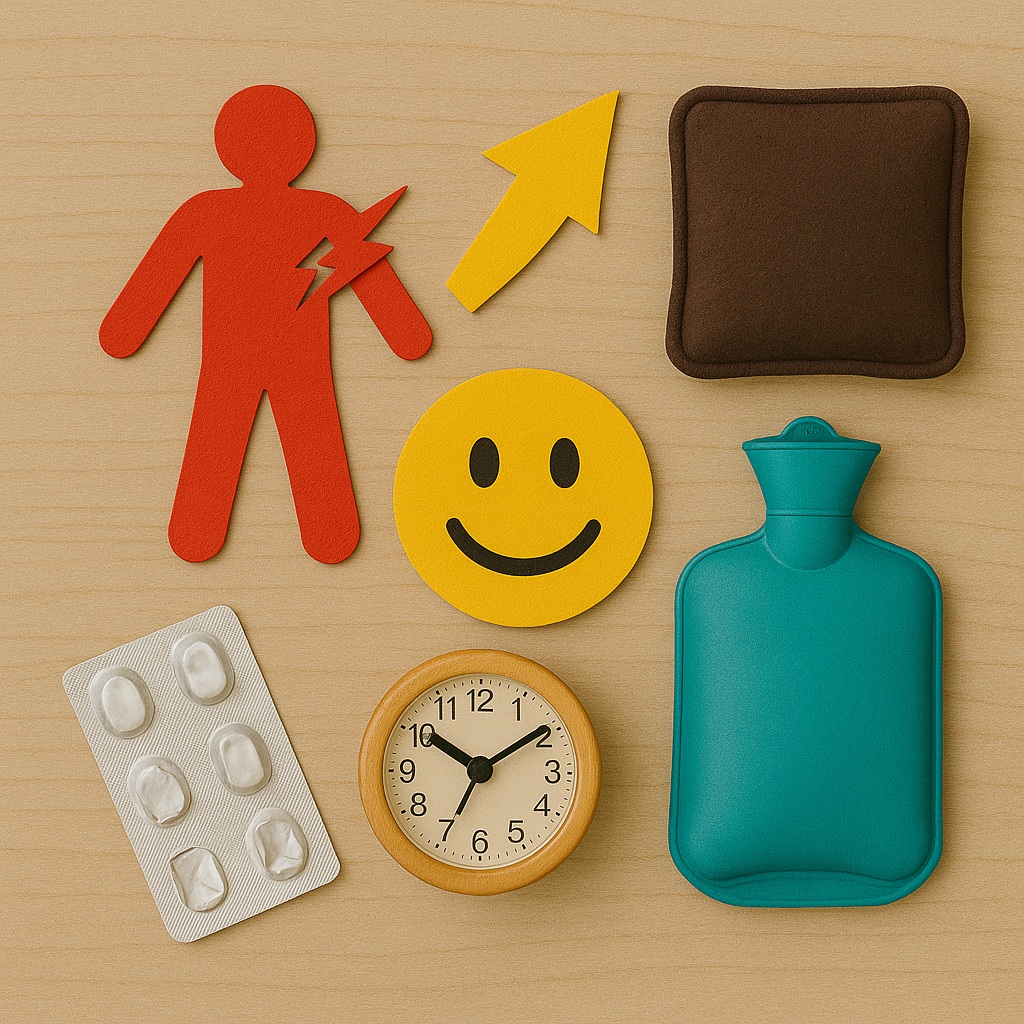-

Emotional Health
Prevalence of Mental-Emotional Conditions Depression, anxiety, and stress affect individuals across all ages, races, and social backgrounds. Data from the National Institutes of Health indicated that, in 2017, over 7% of U.S. adults experienced at least one major depressive episode, while more than 19% were affected by anxiety disorders within the same year. These…
-
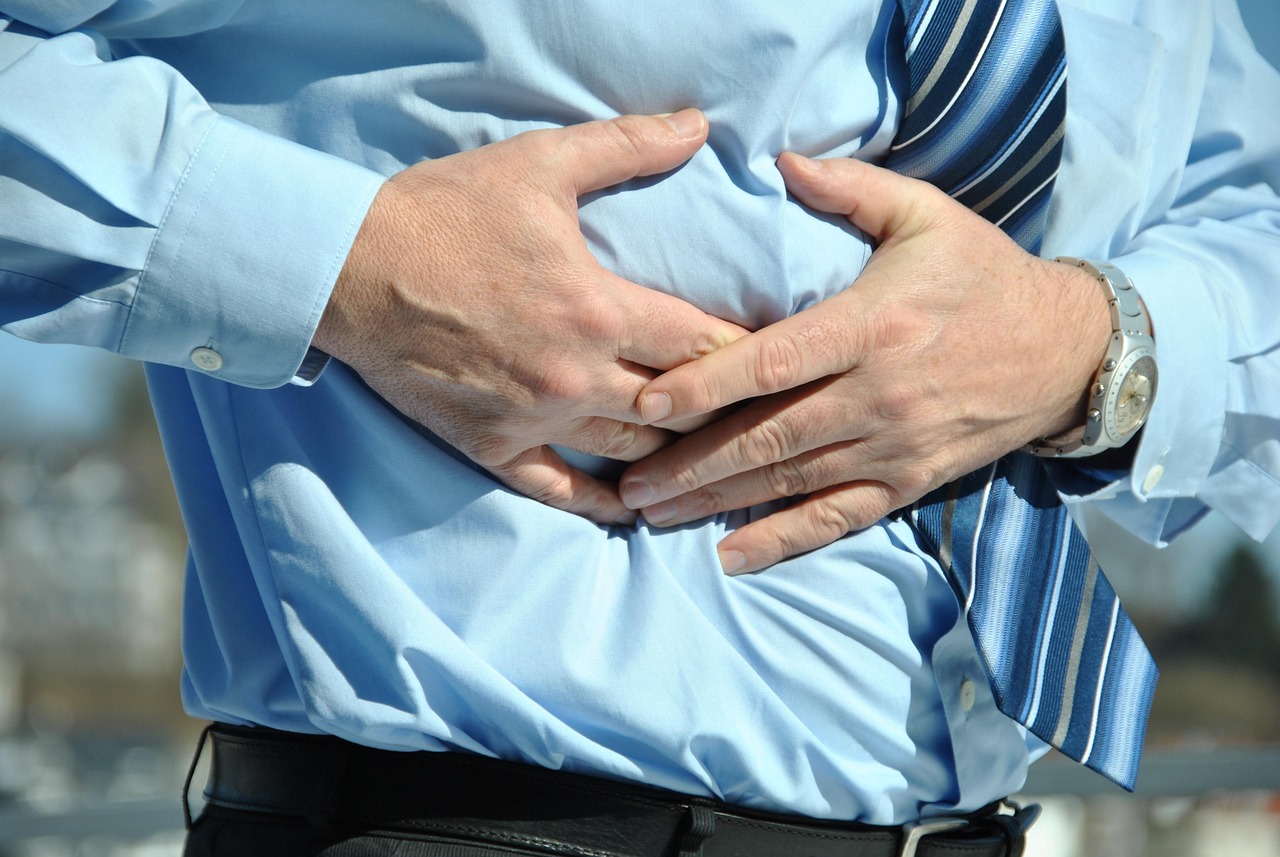
Pain
Overview of Chronic Pain Prevalence Chronic pain affects over 50 million individuals in the United States. Statistics indicate that approximately one in three people loses 20 hours of sleep each month due to pain-related discomfort. While the experience of pain—including intensity, location, and duration—varies widely, many pain conditions share common underlying causes. Common Causes…
-

Andropause
Defining Andropause Andropause, often compared to menopause in women, refers to a gradual yet consistent decline in male sex hormones during midlife. While not officially recognized by global health authorities, andropause represents a significant health shift for millions of men worldwide. The condition is characterized by a progressive reduction in testosterone and other androgens,…
-
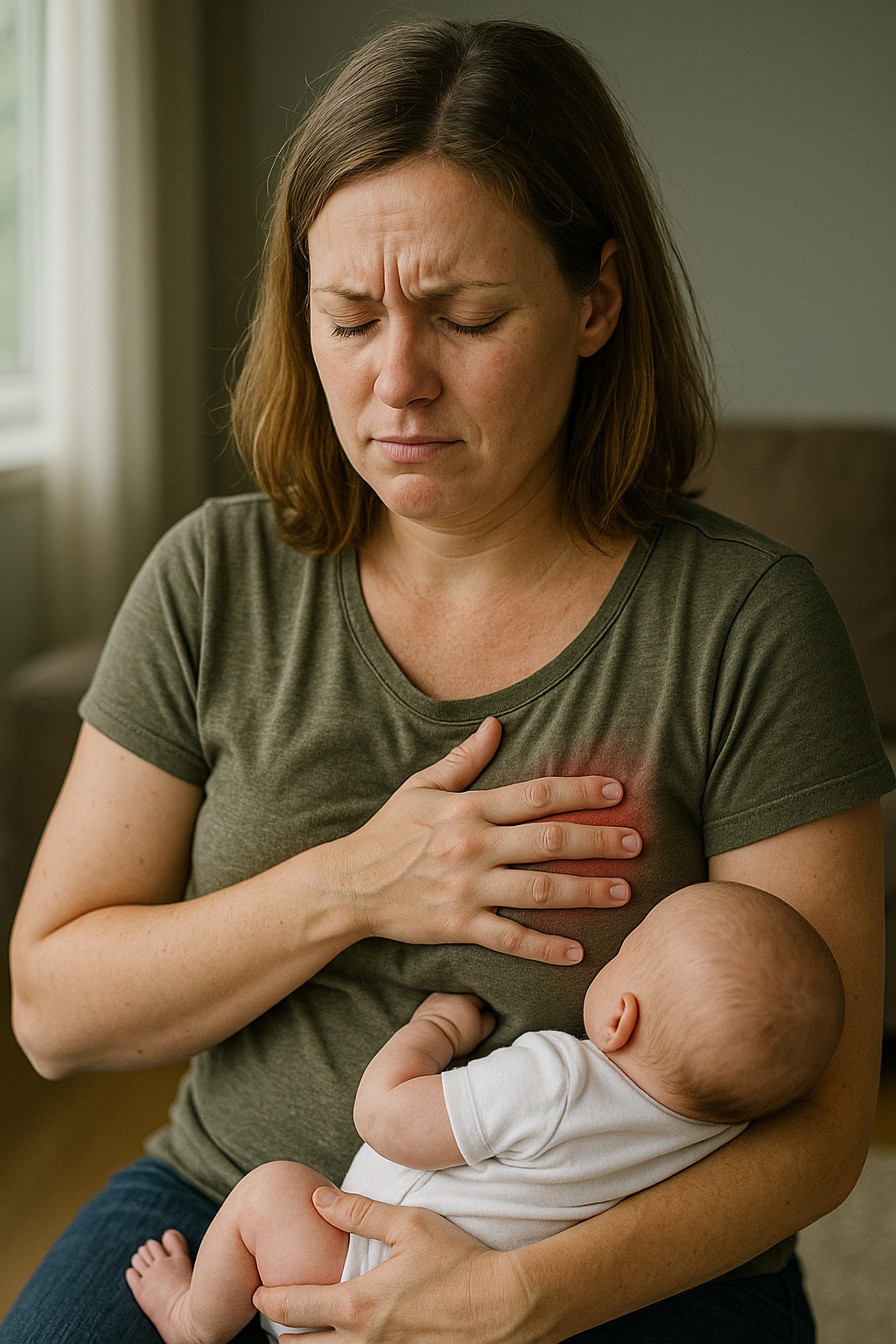
Breast pain associated with lactation
Clinical Observations on Acupuncture for Breast Pain Beginning in 2004, practitioners collaborated with lactation consultants to investigate acupuncture’s role in addressing breast pain related to lactation. Patients referred for this study had previously undergone a month of conventional treatment without symptom relief. These referrals typically involved complex and persistent cases. By December 2011, findings…
-
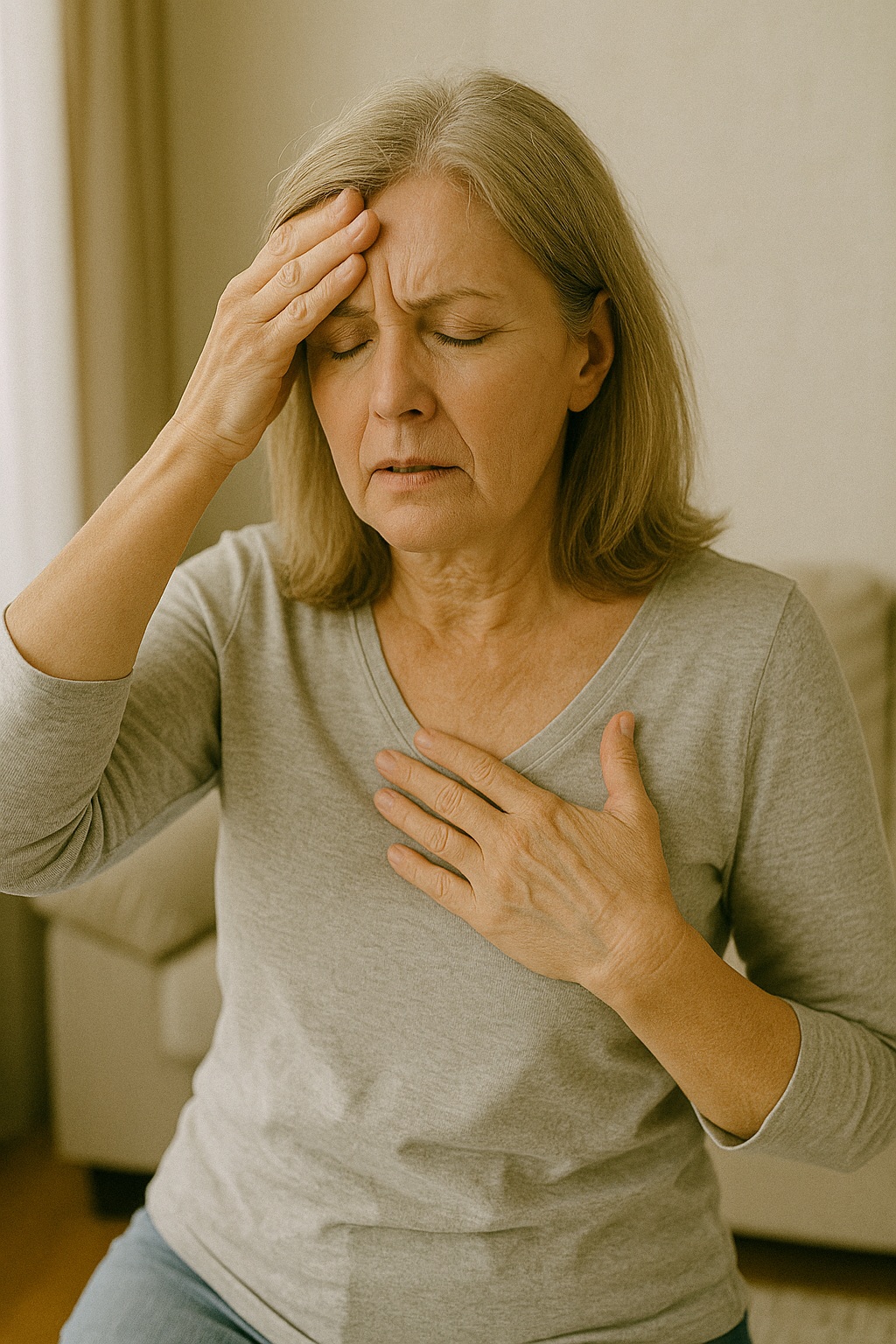
Menopause
Definition and Demographic Overview Menopause is defined as the stage in a woman’s life when she has not experienced a menstrual period for twelve consecutive months. The average age for menopause onset ranges between 48 and 55 years. Historically, women rarely lived beyond their early 50s, making menopause a relatively uncommon occurrence. However, with…
-
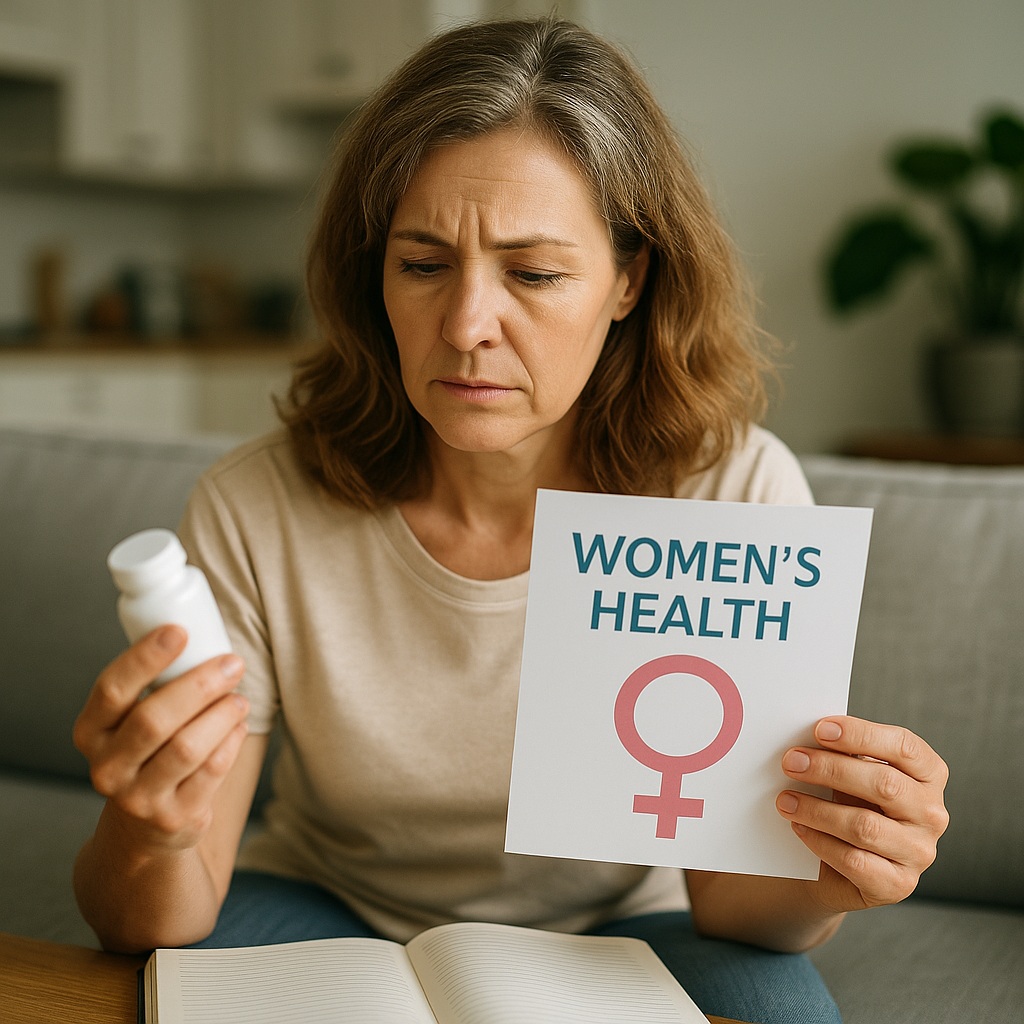
Women’s Health
Integrative Care in Women’s Health Women’s health concerns are frequently managed as isolated medical issues, focusing on symptom-specific treatment without considering overall physical and mental well-being. For example, cases of heavy menstrual bleeding may lead to surgical procedures such as hysterectomy, while menopausal symptoms are often treated with hormone replacement therapy or antidepressants. These…
-

Postpartum Care
After the Baby Comes: Optimizing Postpartum Care The process of pregnancy and childbirth demands significant mental energy, physical resources, and vital nutrients, even under the best circumstances. Moreover, in today’s high-stress environment, this phase can be particularly physically and emotionally exhausting. In many cultures that prioritize the well-being of women, there are supportive traditions…
-
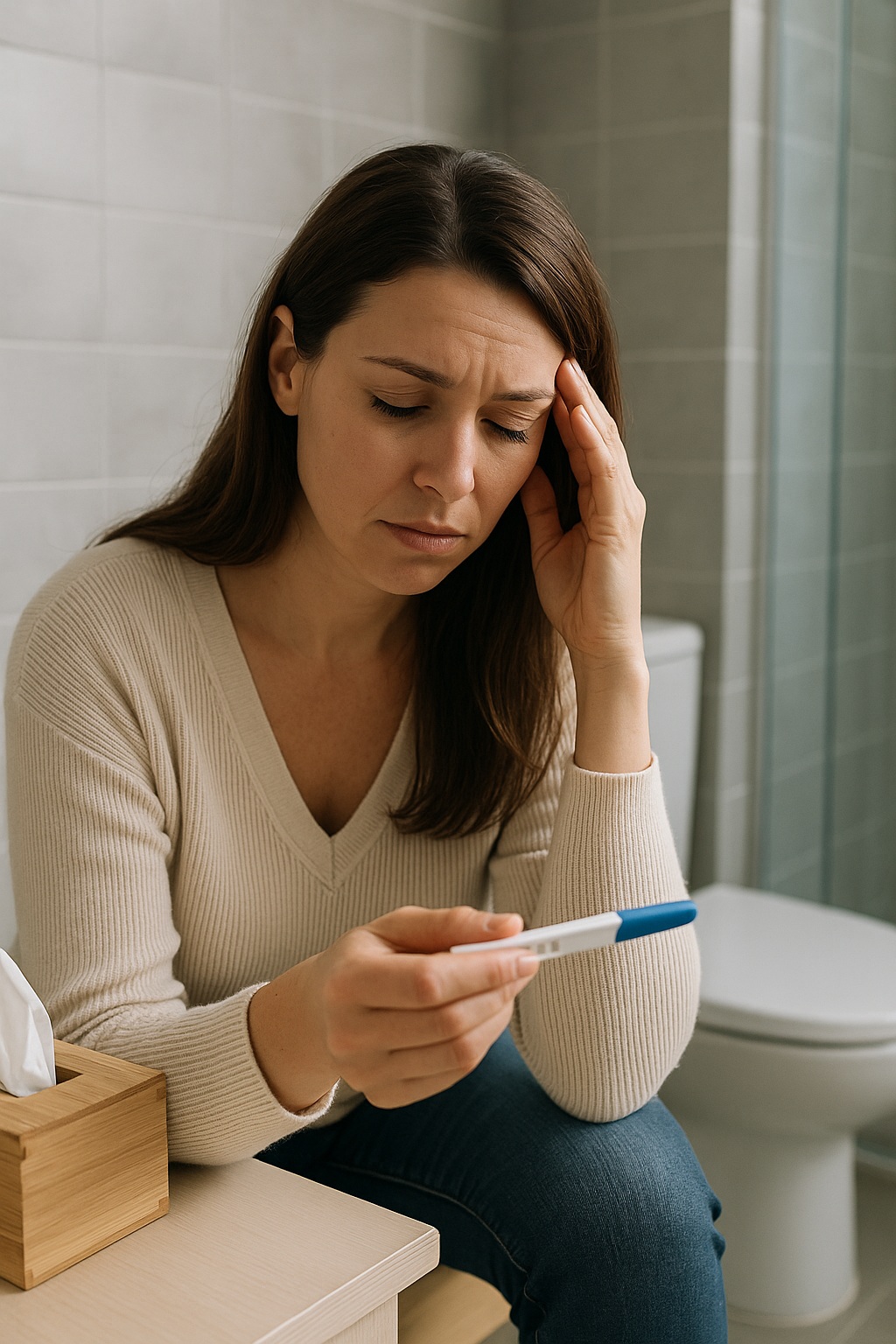
Fertility
Understanding Infertility and Treatment Options Western View of Infertility Infertility is defined as the inability to conceive after one year of unprotected intercourse. When a medical cause for infertility is identified, various treatment options are available, including those from Oriental medicine. Approximately 10% of couples in the United States experience infertility. In these cases,…
-

Food Sensitivities
Food Allergies vs. Food Intolerances: Key Differences A rapid and severe reaction to walnuts may indicate a food allergy, whereas bloating or congestion the day after eating ice cream often points to food intolerance. The term “allergy” refers to an IgE-mediated immune response, which can result in reactions as severe as anaphylaxis. In contrast,…
